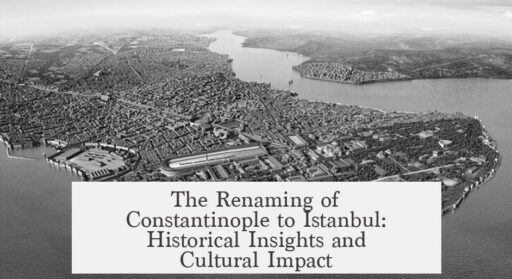Constantinople was renamed Istanbul as part of a deliberate effort by Mustafa Kemal Atatürk to Turkify and standardize place names within the newly founded Turkish Republic. This change aligns with broader reforms that aimed to shift from the city’s historical multiethnic and imperial identity toward a unified Turkish national identity.
When the Republic of Turkey was established in 1923, Atatürk initiated widespread reforms to modernize and unify the country. Language reform was central to this process. Atatürk worked to reshape the Turkish language and standardized its pronunciation, replacing foreign-origin names with local Turkish equivalents.
The renaming of Constantinople to Istanbul reflected this Turkification policy. Constantinople, a name rooted in Greek and Roman history, was seen as representing the city’s imperial past before the rise of the Turkish nation-state. Istanbul, a name already used colloquially among Turks for centuries, became the official name. The government then encouraged and pressured foreign countries and mapmakers to adopt this new name as well.
This change was not isolated. It was part of a broader program to standardize place names across the country. Cities with historical names from other languages had their names changed to Turkish forms. For example:
| Old Name | New Name |
|---|---|
| Adrianople | Edirne |
| Smyrna | Izmir |
| Nicaea | Iznik |
| Ancyra | Ankara |
Despite the official adoption of Istanbul, maps and foreign publications often used “Constantinople” well into the mid-20th century, sometimes showing both names.
- Renaming was part of Atatürk’s language and national reforms.
- Emphasized Turkish names to replace imperial and foreign names.
- City name standardization applied nationally.
- Foreign usage of “Constantinople” persisted into the 1950s.
Why Was Constantinople Renamed to Istanbul?
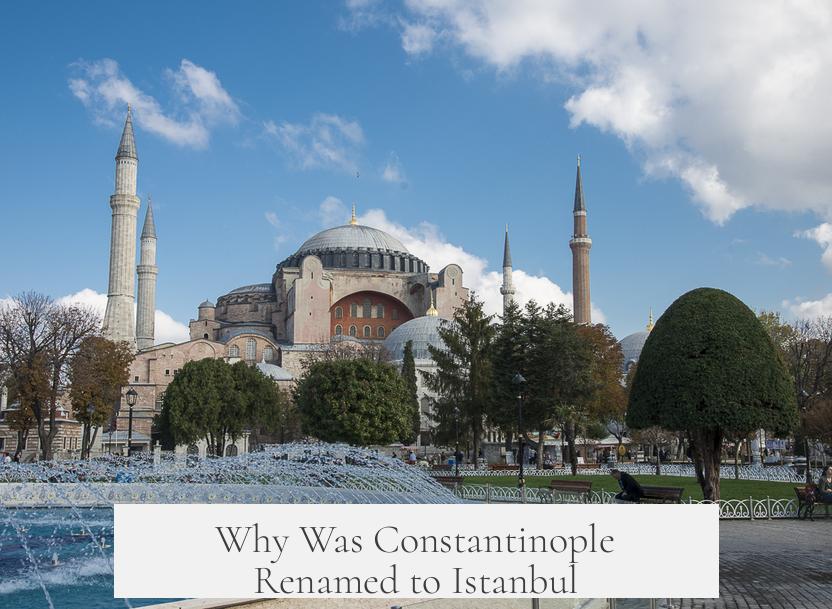
Simply put, Constantinople was renamed Istanbul because the name Istanbul was already what the locals called the city for centuries, and when the Turkish Republic emerged, it made sense to officially adopt the name everyone actually used. But this explanation barely scratches the surface of a rich history involving language, empire shifts, and national identity reforms.
Let’s unravel the story behind this fascinating name change and discover how a city known worldwide by one name became known officially by another.
A City Known Simply as “The City”
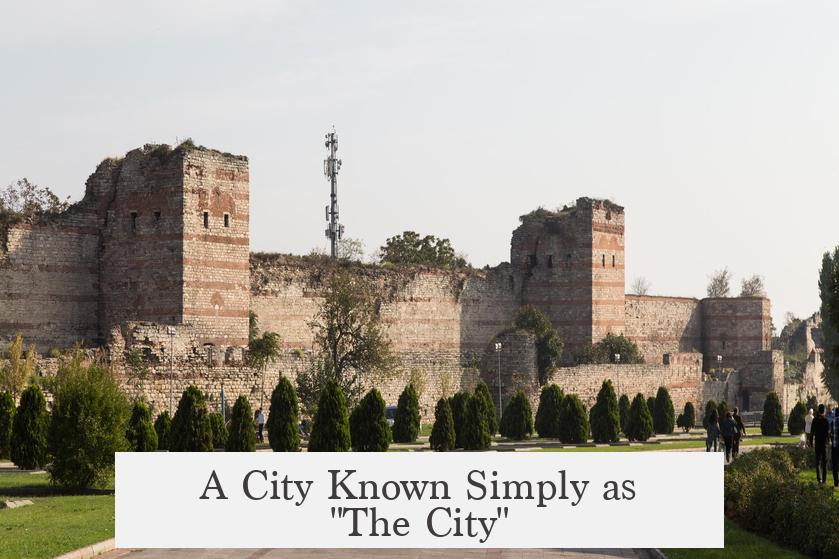
First, picture this: you are a traveler in the Middle Ages in what is now Turkey. If you asked the locals where Constantinople was, they might respond with a phrase that sounds unfamiliar but literally means “to the city.”
This phrase is the Greek “εἰς τὴν Πόλιν” (pronounced roughly as “is tim Bolin”).
Why say something so vague? Because Constantinople was THE city in the region. It was such a dominant metropolis that locals often called it just “the City.”
To the Greek-speaking residents, Constantinople was more than a place—it was the city. So naturally, when the Turks arrived and inquired about its name or direction, they probably heard “εἰς τὴν Πόλιν.”
Over time, this phrase was heard and misheard. The Turkish name “İstanbul” eventually came from this Greek expression. It transformed from a casual way to say “to the city” into the city’s name itself.
The Ottoman Era: A City of Dual Names
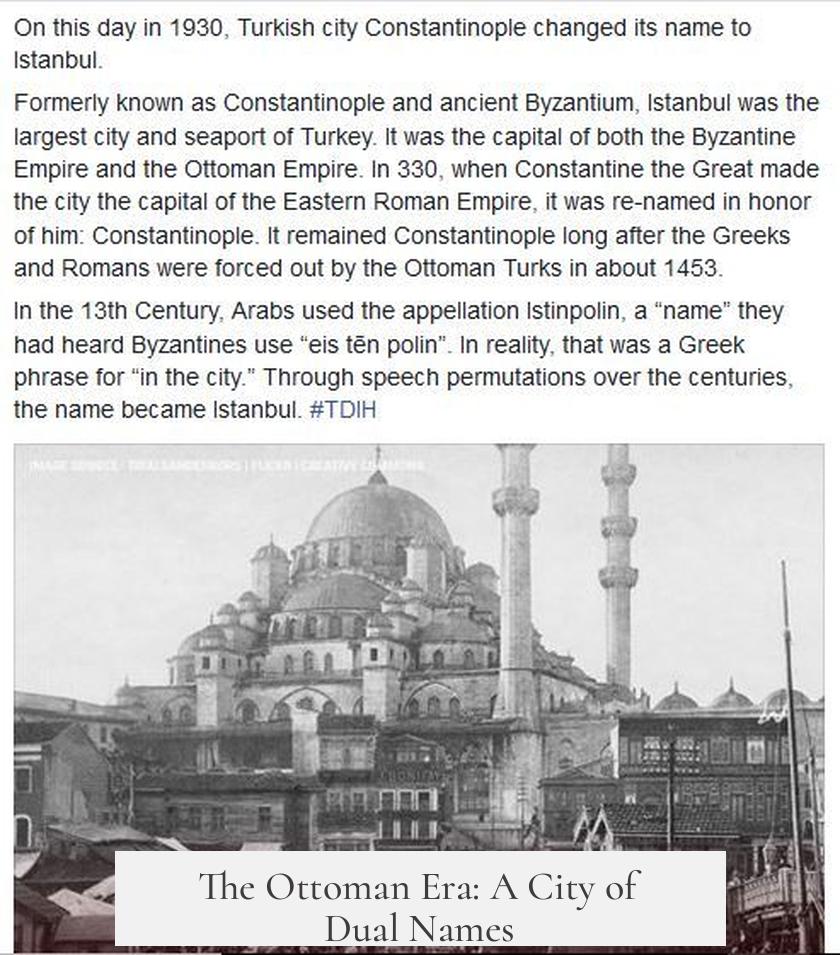
When the Ottomans conquered Constantinople in 1453, they didn’t change the official name—at least not immediately. Official documents continued to use “Konstantiniyye,” the Ottoman Turkish rendering of “Constantinople.”
However, the locals had long since adopted “Istanbul” as the everyday name. It was common in speech but not yet official.
This created an interesting coexistence of names. The official and diplomatic records honored the city’s historic title, while ordinary life revolved around Istanbul.
Fast forward to the 20th century. The Ottoman Empire collapses. A new Turkish Republic rises. It’s ready to redefine itself including how it calls its places.
Atatürk and the Language Reforms
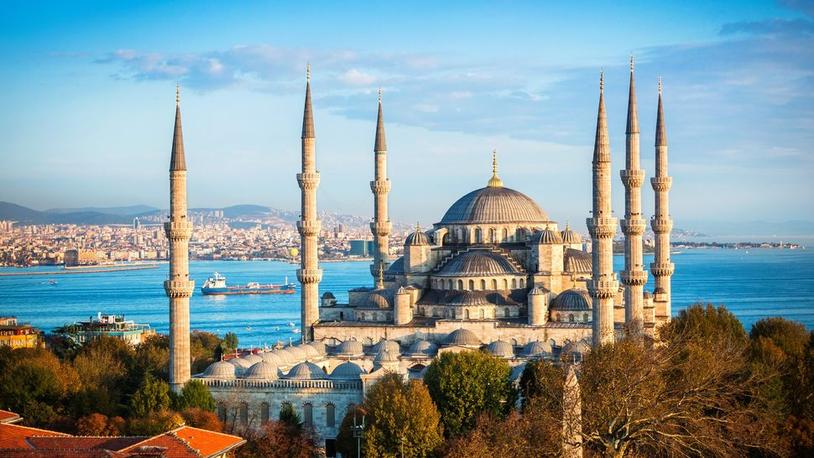
Mustafa Kemal Atatürk, the founding father of modern Turkey, embarked on a major campaign to standardize and “Turkify” the nation’s identity.
Language reform was central. Atatürk wanted to shed Ottoman influences and emphasize Turkish roots. This involved changing place names from their multiethnic, cosmopolitan past to ones that reflected a unified Turkish identity.
This was not just a whim. The Empire had been vast with Greek, Armenian, Arabic, Kurdish, and other names peppered throughout its cities. Transitioning to a nation-state meant solidifying Turkish names for official use.
Thus, “Constantinople” was officially renamed to “Istanbul.” It was both a recognition of local usage and a political statement.
Other cities followed suit. For instance, Adrianople became Edirne, Smyrna turned into Izmir, Nicaea was renamed Iznik, and Ancyra became Ankara.
Why Did It Take So Long to Officially Rename Constantinople?
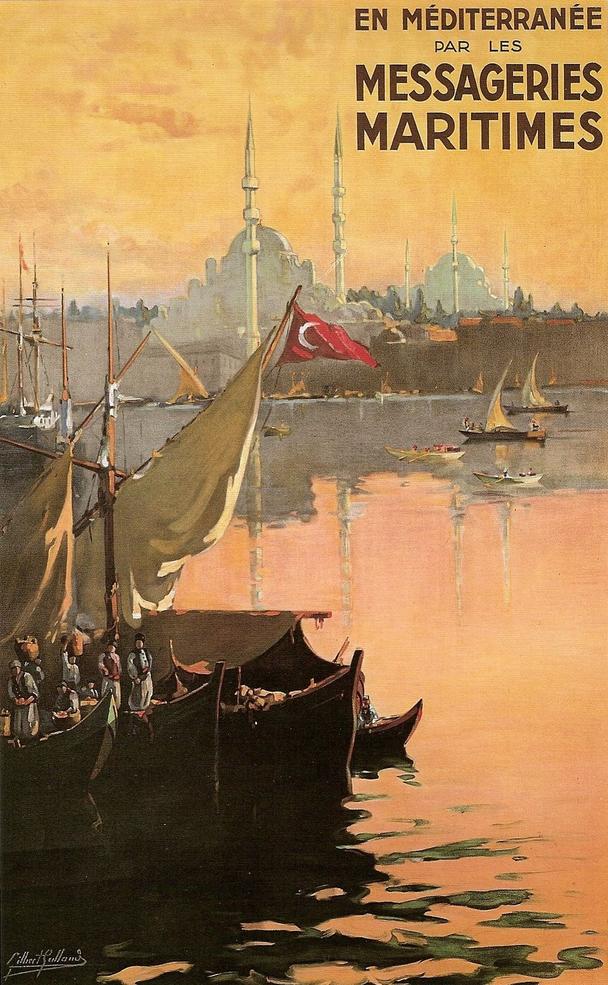
Surprisingly, maps and international references clung to “Constantinople” for decades. Even in the 1950s, many maps labeled it as “Constantinople (Istanbul),” reflecting a transitional period.
This hesitation partly stemmed from the city’s legendary status and the inertia of centuries-old habits. People outside Turkey—and inside, especially in official circles—were reluctant to abandon the iconic name.
Yet, the Turkish government persisted. It pressured other countries and organizations to adopt the name “Istanbul,” emphasizing local preference and political sovereignty.
The Practical Side: Why the Name Istanbul Made Sense
At the end of the day, the Turkish state simply aligned official terminology with everyday reality. When residents referred to their city as Istanbul, it was sensible to use that name in censuses, documents, and communication.
This pragmatic approach avoided confusion and bolstered national pride. It signaled a move away from Ottoman-era legacies and toward a modern national identity rooted in the Turkish language.
Imagine the alternative: insisting on a name that locals barely used and foreign powers continued to use. That would have been awkward, to say the least.
What Can We Learn from This Name Change?
- Names carry power. Changing Constantinople to Istanbul was a way to affirm Turkish sovereignty and identity.
- Language evolves through usage. Istanbul wasn’t forced upon the city; it grew organically from how people spoke.
- Political shifts often influence geographic names. The fall of empires and rise of nation-states often bring standardization.
Next time someone asks why Constantinople is Istanbul, share not just a name but a story of how a city known as “the city” became a symbol of a modern nation.
In Closing: A City with Many Names, One Identity
Istanbul today is vibrant, complex, and a glorious fusion of its rich past and dynamic present. Its name change from Constantinople reflects centuries of cultural layers, language shifts, and political transformations.
It’s fascinating to see how a simple phrase for “to the city” morphed into the beloved name of one of the world’s most remarkable cities. Istanbul is more than a name—it’s history alive in daily speech, a testament to change and continuity.
So, what do you think? Does knowing the origin of Istanbul’s name change shift your perspective on the city’s incredible heritage? Feel free to share your thoughts and keep this amazing story alive.
